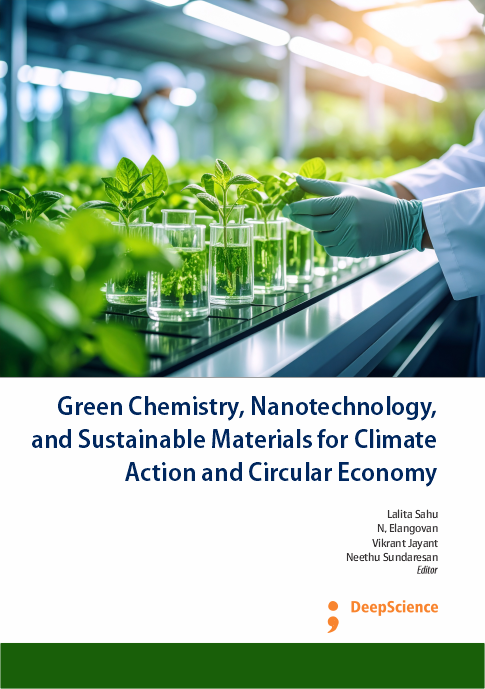Photocatalytic Nanomaterials for Clean Energy Applications
Synopsis
Photocatalysis serves as the game-changing direction in clean energy technology, in which solar energy is directly converted to chemical fuel and light-driven nanomaterials are used for environmental cleanup. This review summarizes the progress and recent advances in the research of photocatalytic nanomaterials for energy and environmental application such as hydrogen production by splitting water, CO₂ reduction as well as degradation of organic pollutants. Various semiconductor-based nanomaterials such as TiO₂, ZnO, g-C₃N₄, and doped perovskites are discussed along with their morphological, structural, and electronic modifications to enhance light absorption, charge separation, and catalytic efficiency. The paper also highlights the synthesis strategies, performance metrics, and challenges in upscaling these materials for real-world deployment. The synergistic integration of nanotechnology, surface engineering, and renewable energy science holds promising potential in shaping a sustainable energy future.














